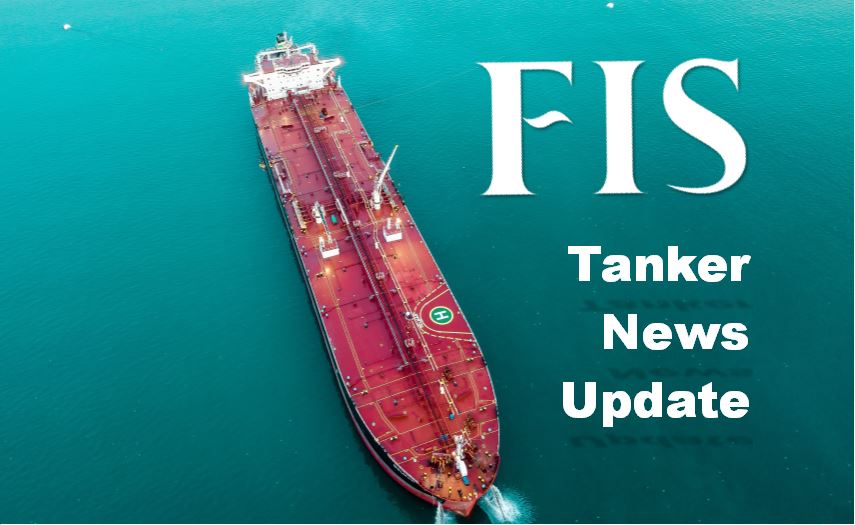*Chinese Flooding
China is currently experiencing its worst floods in 100 years with record rainfall levels since June. Areas straddling the Yangtze river banks are at risk of severe flooding if they haven’t already. Sinopec owns multiple refineries along the river so increased rainfall could cause serious issues. Potentially manifesting into catastrophic issues if the Three Gorges Dam fails, as its structural integrity has been questioned in previous weeks. It’s estimated China has already suffered $9billion in economic losses this year, meaning domestic growth is low with demand for crude products taking a hit, by around 5%. Refineries are now trying to export all their clean products, with CPP exports reaching a high of 6.25mmbl this week. This increase in exports could bring a small boost to the already strengthening clean tanker market, that is seeing all major routes WS values slowly creeping back up from recent COVID lows. Touching on last week’s TC2 segment, TC2 has continued to rise, with values now around WS112.5. The past couple weeks have helped to bring confidence back to the curve moving forward, with far more clean trades starting to come through. Outlook for the clean market seems to be solid for the near future, as long as prompt tonnage stays tight, and the number of clean cargos continue their growth.
*Choke Point Tensions Rise
Chinese / US geo-political tensions are on the rise, after the US Navy placed one of their largest ship formations, the Nimitz Carrier Strike Group, consisting of multiple Missile Cruisers and Destroyer vessels, within the Strait of Malacca. This narrow body of water between Malaysia and Indonesia is a key shipping channel linking the Indian and Pacific Ocean. This move marks a powerplay in the region with the US flexing their guns, and showing their close ties to the Indian military. If the India/China dispute heightens, India can easily shut off access to the strait due to their strategic location. At the same time, tensions in the Strait of Hormuz are heightening with Iran using a mock-US Naval vessel as target practice for war games in the region.
A combination of issues in two of the most dangerous chokes points creates a dangerous game for all vessels originating from MEG travelling through the Strait of Hormuz, and then passing through the Malacca Strait. Routes including (TC5, TC12, TD3c and TD8) are all vulnerable if tensions do rise. The shipping world will be keeping a close eye on any movements within the region, hopefully avoiding an escalation much like the incident in June 2019 where 2 VLCC vessels got attacked, causing VLCC rates to jump 101% in the following days.
